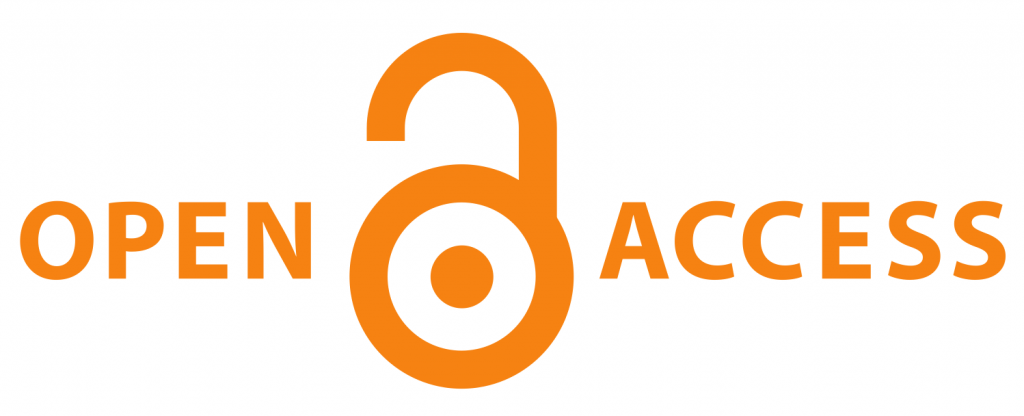Conceptualizing Hyperprolactinemia and Ayurvedic Therapeutic Approaches
DOI:
https://doi.org/10.21760/jaims.9.11.31Keywords:
Hyperprolactinemia, AyurvedAbstract
Hyper prolactinemia is a condition in which a person has higher-than-normal levels of the prolactin in the blood. The prolactin is related to breast development in pregnancy and lactation. Hyperprolactinemia have serious effects on woman population. Modern medicine treatment has certain side effects therefore an Ayurvedic approach towards this problem should be identified and implemented. One common cause of hyperprolactinemia is a growth or tumour on the pituitary gland called a prolactinoma. Amenorrhea or oligomenorrhea, galactorrhea, infertility, breast tenderness, low libido, headachesand vision changes may be observed in cases with hyperprolactinemia. Dopamine agonist drugs including bromocriptine, pergolide, quinagolideand cabergoline are mostlyused for treating hyperprolactinemia. According to Ayurved this pathology involves vitiation of Majjadhatu and Shukradhatu Agni. The Granthi and Arbuda described in Ayurved may be correlated with prolactinoma. The Kapha and Vata vitiation is predominant in such cases. Shodhana (Langhana), Panchakarma like Vamana, Niruha, Anuvasana etc. can be administered as treatment. The Shamana Chikitsa with Kapha and Vata-Shamaka drugs is useful in this condition.
Downloads
References
Abha Majumdar and Nisha Sharma Mangal, Hyperprolactinemia, J Hum Reprod Sci. 2013 Jul-Sep; 6(3): 168–175.
Aziz K, Shahbaz A, Umair M, et al. (May 31, 2018) Hyperprolactinemia with Galactorrhea Due to Subclinical Hypothyroidism: A Case Report and Review of Literature. Cureus 10(5): e2723.
Stringer BM, Rowson J, Greer W, Wynford-Thomas D, Williams ED, Effect of sustained serum prolactin elevation on breast epithelial and myoepithelial cell proliferation, Cell Tissue Kinet. 1990 Jan; 23(1):17-30.
Emin M. Akbas, AdemGungor, CigdemOzdemir and Habib Bilen, Unusually High Prolactin Level for Medication-Induced Hyperprolactinemia: A Case Report, Eurasian J Med. 2013 Jun; 45(2): 138–140.
Omar Serri, Constance L. Chik, Ehud Ur & Shereen Ezzat, Diagnosis and management of hyperprolactinemia, CMAJ. 2003 Sep 16; 169(6): 575–581.
ErdalEren, ŞenayYapıcı, EsraDenizPapatyaÇakır, LatifeAytekinCeylan, HalilSağlam and ÖmerTarım, Clinical Course of Hyperprolactinemia in Children and Adolescents: A Review of 21 Cases, J Clin Res PediatrEndocrinol. 2011 Jun; 3(2): 65–69.
Omar Serri, Constance L. Chik, Ehud Ur &ShereenEzzat, Diagnosis and management of hyperprolactinemia, CMAJ. 2003 Sep 16; 169(6): 575–581.
Charaka. Charaka Samhita Volume I (Varanasi: Chowkhamba Sanskrit Studies Office.) Chapter 17, Verse 12.
Sushruta Samhita Volume II (Varanasi: Chowkhamba Sanskrit Series Office, 2nd Edition. 2000) Chapter 9, Verses 28 – 29
Sushruta Samhita Volume II (Varanasi: Chowkhamba Sanskrit Series Office, 2nd Edition. 2000) Chapter 9, Verses 30 - 33
Sushruta Samhita Volume II (Varanasi: Chowkhamba Sanskrit Series Office, 2nd Edition. 2000) Chapter 11, Verses 2 - 5
Sushruta Samhita Volume II (Varanasi: Chowkhamba Sanskrit Series Office, 2nd Edition. 2000) Chapter 11, Verses 11 – 12
Sushruta Samhita Volume II (Varanasi: Chowkhamba Sanskrit Series Office, 2nd Edition. 2000) Chapter 11, Verses 17 - 18
Marc Halpern, DC, CAS, PKS. Principles of Ayurvedic Medicine, 10th Ed. Pg. 81, 94-95, 144, 219, 229, 334.
American Society for Reproductive Medicine, Hyperprolactinemia Fact Sheet,Staff. http://www.asrm.org/uploadedFiles/ASRM_Content/Resources/Patient_Resources/Fact_Sheets_and_Info_Booklets/Prolactin_Excess.pdf















